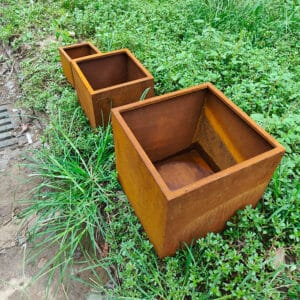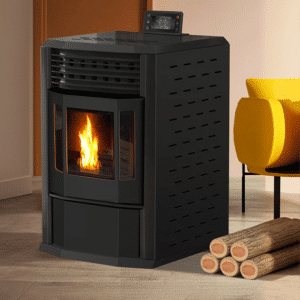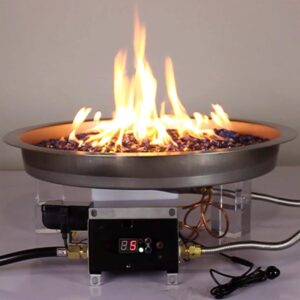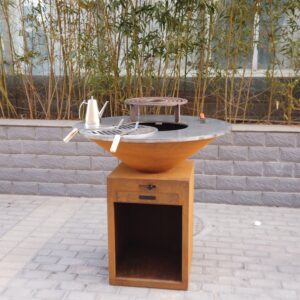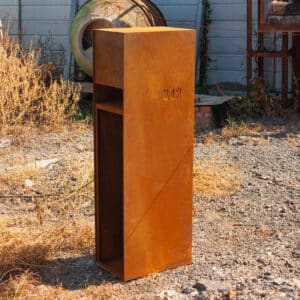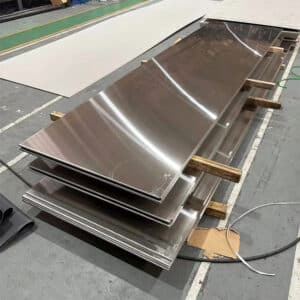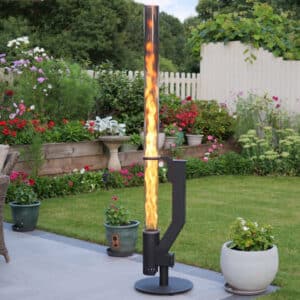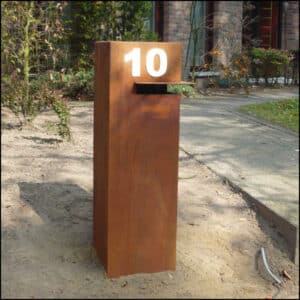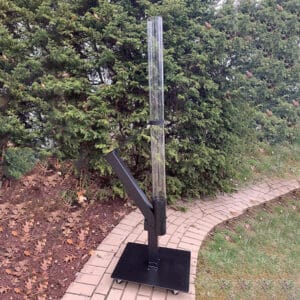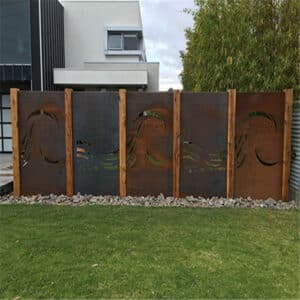Walk through a modern garden, a public square, or even the patio of a stylish café, and you’ll probably notice something interesting: planters are no longer just pots for plants. They’ve become statement pieces, a way to shape the mood of a space. And if you look closely, you’ll see one material cropping up again and again — Korteninis plienas.
Corten steel planters, sometimes called corten steel planters, have this raw, earthy charm that’s hard to ignore. Their warm, rust-like surface seems to age gracefully, as if the planter is alive and keeping time alongside the plants inside it. But if you’re considering one (or many), you’ll probably ask the same question most people do: how do I know which Corten steel planter to choose?
That’s exactly what we’ll unpack here. This guide will cover not just the “technical” side of Corten steel, but also the design choices, practical tips, and common mistakes people make. Whether you’re a homeowner trying to elevate your backyard or a designer working on a large-scale project, you’ll walk away with clear, human-centered advice.
What Exactly Is a Corten Steel Planter?
Let’s start simple. Corten steel is a type of steel alloy that includes copper, chromium, and nickel. Unlike ordinary steel, it doesn’t just rust away when exposed to rain and air. Instead, it forms a stable protective layer of oxidation — basically, a rust-like skin that seals the material.
That’s why people often describe it as a “self-healing” steel. Once that patina develops, it doesn’t keep eating away at the material underneath. For planters, this is a game-changer: you get the industrial strength of steel, without the typical downfall of corrosion.
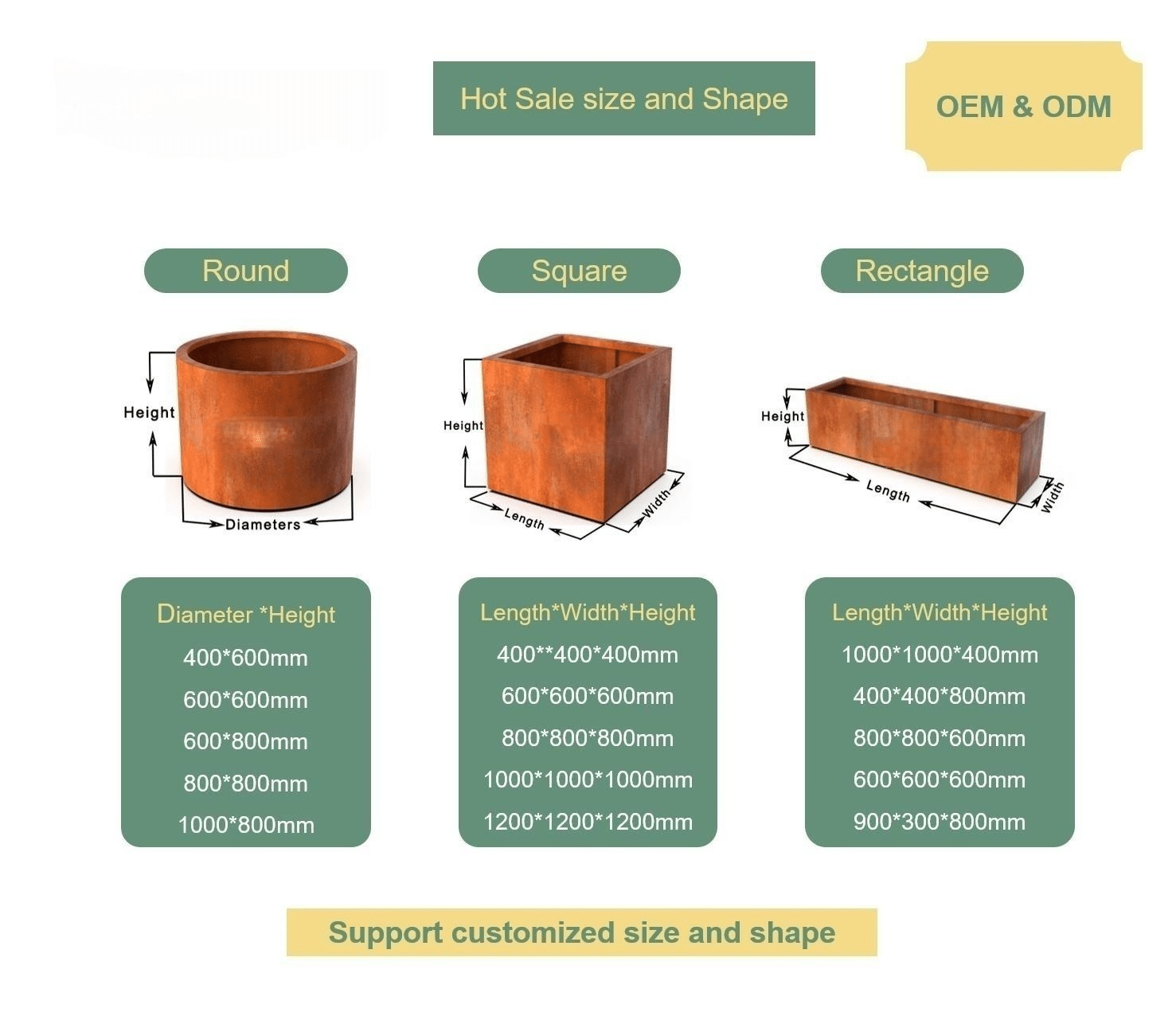
Why Are Corten Steel Planters So Popular?
If you’ve only seen them in pictures, it may be hard to understand why Corten steel has become such a darling of landscape architects and homeowners alike. Here’s why:
- Durability – A well-built Corten planter can last decades outdoors. Unlike wooden planters that rot or plastic ones that crack, this material stands up to weather extremes.
- Low Maintenance – There’s no need for repainting, sealing, or babying them. Once the patina forms, the planter takes care of itself.
- Unique Aesthetic – That rusty, weathered look isn’t fake. It’s not a coating that chips off. It’s real, and it changes over time, which gives outdoor spaces an organic, evolving character.
- Design Flexibility – Steel can be fabricated into almost any shape. Want a giant cube for a tree? No problem. Prefer sleek rectangular troughs to divide a patio? Easy. Even artistic, sculptural designs are possible.
- Timeless Appeal – The warm, earthy tones pair beautifully with greenery, stone, and wood. They work equally well in a rustic backyard or a cutting-edge urban plaza.
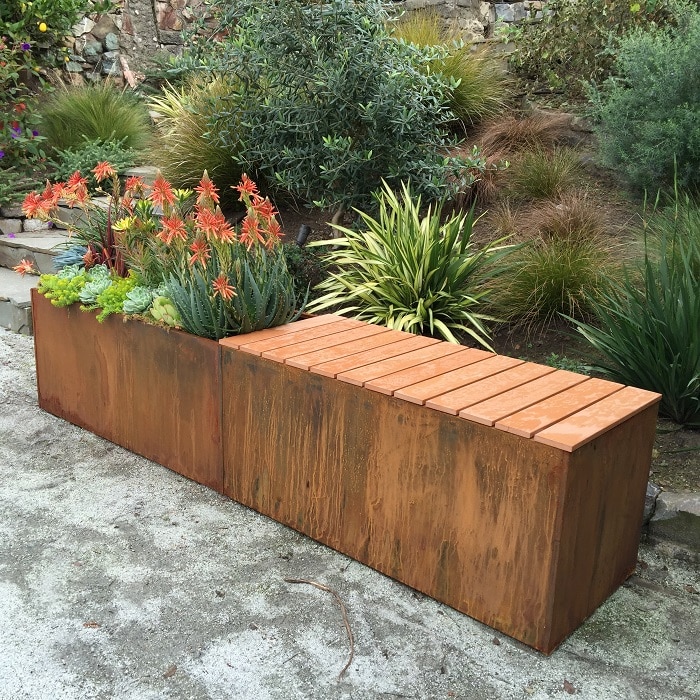
Things to Consider Before Buying
Now, let’s get practical. If you’ve decided to invest in Corten steel planters, here’s what you need to think about before pulling the trigger.
1. Thickness of the Steel
This detail is often overlooked, but it makes a big difference.
- 2mm–4mm is the sweet spot for most planters.
- Anything thinner risks bending or denting over time.
- Anything thicker will be heavy, which is fine for permanent installations, but tricky if you need to move them.
Think of it like furniture: flimsy materials won’t last, but overbuilt pieces can be unnecessarily cumbersome.
2. Quality of Fabrication
Not all Corten planters are created equal. Look closely at how they’re made:
- Are the welds smooth or rough?
- Do the edges feel finished, or sharp and unsafe?
- Does the bottom have proper drainage holes? (You’ll thank yourself later if it does.)
A cheap knockoff might save you some money up front,t but could end up being frustrating to use.
3. Size and Proportion
Here’s where function meets design.
- For balconies or small patios, compact planters (40–60 cm tall) work well.
- For commercial landscapes, go bold. Oversized planters (1 meter or taller) make strong visual statements.
- Indoors, be careful. Too big and the planter overwhelms the room; too small and it feels like an afterthought.
A good rule of thumb: let the planter complement, not compete with, the plants and space around it.
4. Shape and Style
- Squares and rectangles scream modern minimalism.
- Rounds and ovals soften a space, making it feel more natural.
- Troughs are perfect dividers for terraces or office courtyards.
- Custom shapes can double as art pieces.
Think about your overall theme. A cube may look perfect in a sleek, modern patio but awkward in a cottage garden.
5. Surface Treatment
Some suppliers ship corten steel planters that are still raw steel, leaving the patina process to happen naturally in your space. Others pre-weather them, so you get that rich rust tone immediately.
There’s no right or wrong here. If you enjoy watching the gradual transformation, go for raw. If you want an instant effect (and less risk of runoff staining your patio early on), pre-weathered may be worth it.
6. The Supplier Matters
It’s tempting to buy the cheapest option online, but not all suppliers are equal. Ask:
- Do they offer custom sizes?
- Can they show you past projects?
- Do they provide after-sales support in case something goes wrong?
For large-scale projects, a reliable partner is as important as the product itself.
Corten Steel vs Other Materials
To put things in perspective, let’s compare Corten with other common planter materials.
| Medžiaga | Lifespan | Look & Feel | Svoris | Cost | Maintenance |
|---|---|---|---|---|---|
| Korteninis plienas | 20–40 yrs | Rustic, evolving patina | Heavy | Mid-High | Very Low |
| Ceramic | 5–10 yrs | Elegant but fragile | Medium | Medium | Vidutinio sunkumo |
| Wood | 3–7 yrs | Natural, warm | Light | Low | High (rot) |
| Plastic | 2–5 yrs | Cheap, lightweight | Light | Low | Low (but fades) |
| Nerūdijantis plienas | 15–20 yrs | Sleek, modern | Medium | Aukštas | Scratches show |
This isn’t to say Corten is always the right answer. But if you want something that lasts, looks unique, and requires almost no fuss, it’s hard to beat.
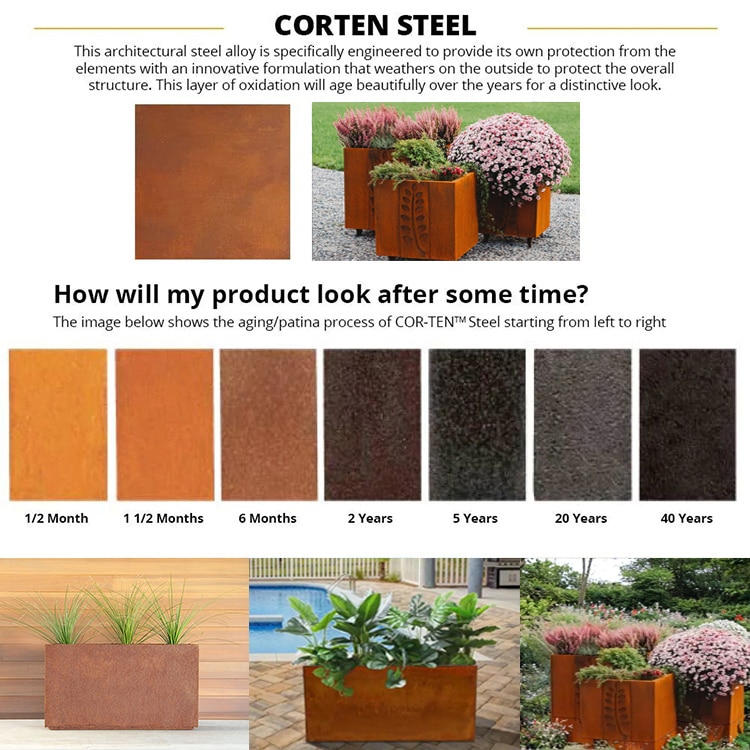
Design Ideas and Applications
Corten steel planters shine in a variety of contexts. Let’s look at a few.
Residential Gardens
Imagine a small backyard with stone pavers, a wooden deck, and a row of Corten planters filled with ornamental grasses. The warm tones of the steel highlight the green blades, while the planters themselves act like sculptures.
Commercial Landscapes
In a hotel courtyard, oversized rectangular Corten troughs can divide seating areas. Guests don’t just see planters; they see design elements that add both privacy and atmosphere.
Viešosios erdvės
City parks often choose Corten because it’s low-maintenance and vandal-resistant. The planters double as art, providing focal points without needing constant upkeep.
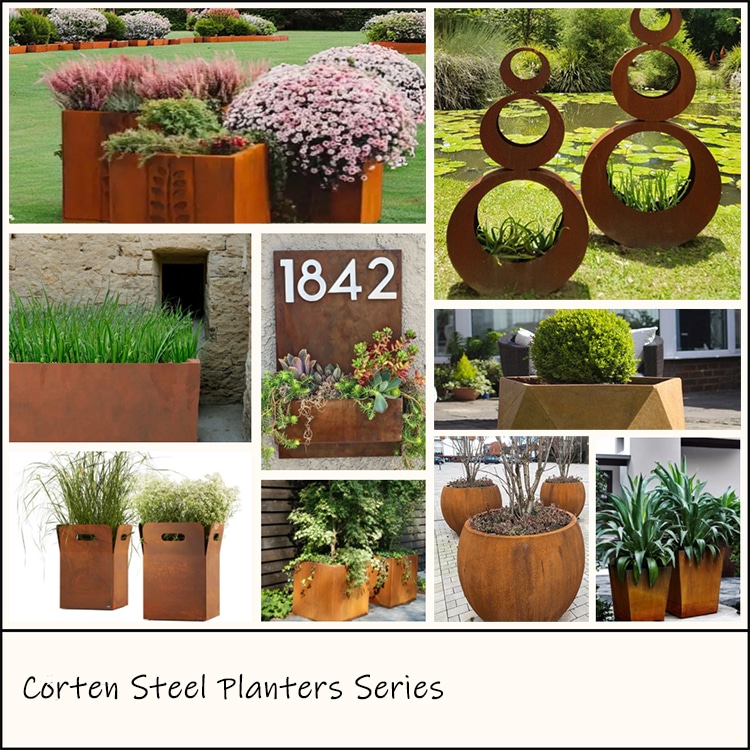
Caring for Corten Steel Planters
You don’t need to baby them, but a few habits will extend their life and beauty:
- Drainage is key. Never let water pool inside. Roots will rot, and even Corten appreciates staying dry at the base.
- Layer the bottom. Add gravel or clay pebbles before soil. It keeps roots healthy and reduces staining.
- Be mindful of surfaces. In the first months, runoff may leave rust stains. Use trays or place them thoughtfully.
- Skip harsh chemicals. Soap and water are enough for cleaning.
- Accept the change. Remember: the patina is part of the charm. Don’t expect uniformity — embrace it.
DUK
Will it rust away completely?
No. The outer layer stabilizes. That’s the whole point of weathering steel.
Will it stain my patio?
Possibly, during the first months. Pre-weathered planters or using drip trays can minimize this.
Can I use them indoors?
Yes, but protect your floors. A liner or tray underneath is a must.
Why are they more expensive?
Because of the alloy composition and fabrication process. But their lifespan and almost zero maintenance make them cost-effective in the long run.
Should You Invest in Corten Steel Planters?
Here’s the honest answer: if you’re looking for a short-term, cheap solution, Corten probably isn’t for you. Plastic or wood might do the job.
But if you care about long-term value, aesthetics, and durability, Corten steel planters are one of the smartest investments you can make in outdoor design. They don’t just hold plants; they transform spaces.
When you choose, pay attention to the thickness, craftsmanship, size, and supplier reputation. Think about how the planter will age in your environment. And most importantly, pick designs that feel right for your space — because a good planter doesn’t just house plants; it elevates everything around it.

